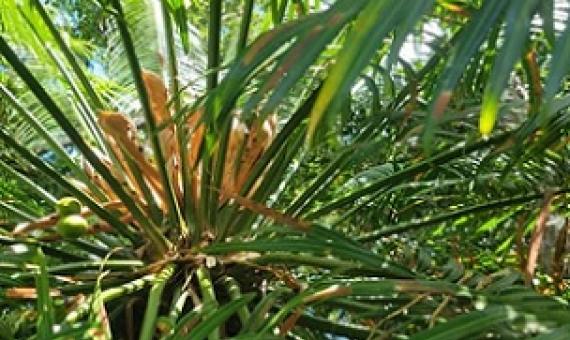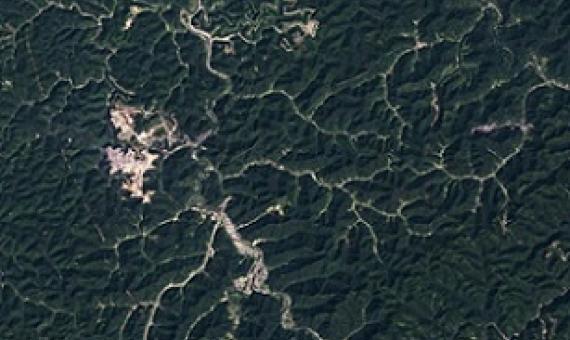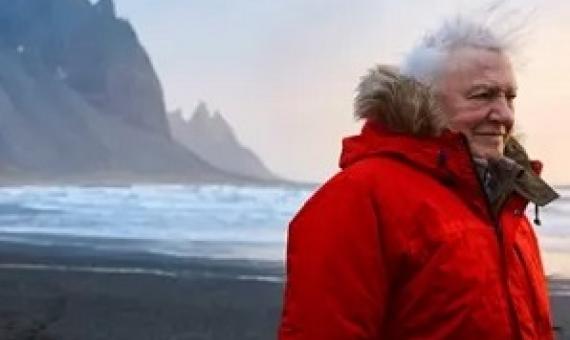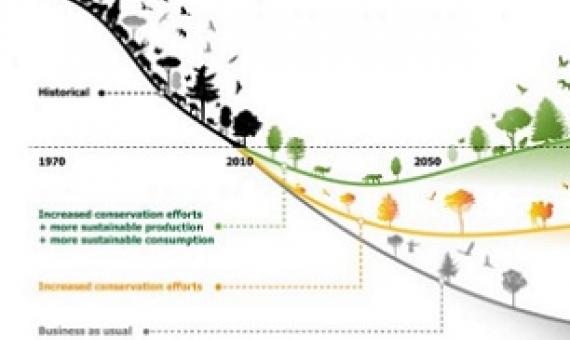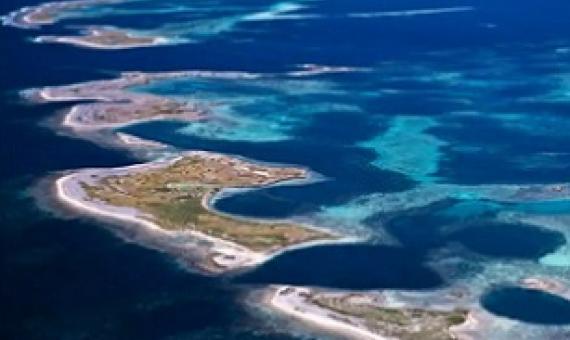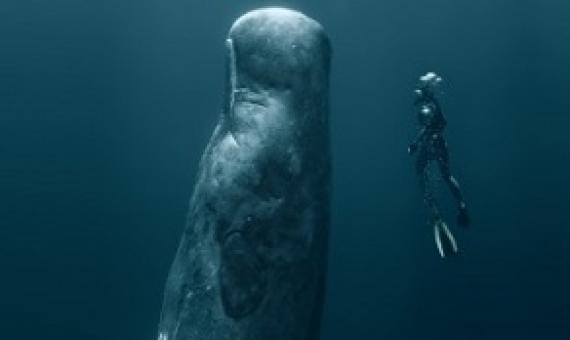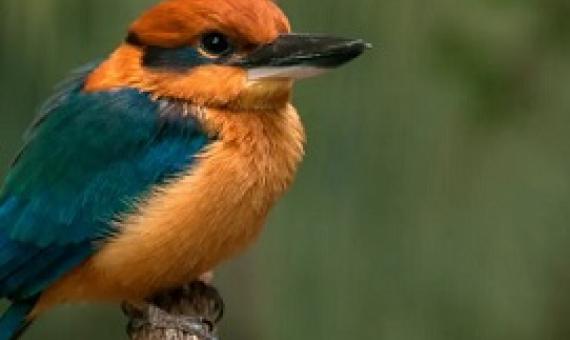Human activities are threatening the survival of many species. One way for communities, agencies and the government to stop the loss of biodiversity and rescue endangered species is through habitat protection.
WWF Living Planet Report 2022 - Building a Nature-Positive Society
This edition of the Living Planet Report confirms the planet is in the midst of a biodiversity and climate crisis, and that we have a last chance to act. This goes beyond conservation. A nature-positive future needs transformative - game changing - shifts in how we produce, how we consume, how we govern, and what we finance. We hope it inspires you to be part of that change.
Funding for biodiversity is getting some attention at last. In September, nine philanthropic organizations...pledged a total of US$5 billion over a decade towards projects that will help to preserve the richness of Earth’s species.
When we think about heritage, we often think about the latte villages, slingstones, the handprints on the walls of the Litekyan caves, and the pictographs in the Gadao cave, all of which are important symbols of CHamoru cultural identity.
The natural world is in a state of crisis, and we are to blame. We are in the midst of the Sixth Extinction, the biggest loss of species in the history of humankind.
For once Britain's favourite naturalist is not here to celebrate the incredible diversity of life on Earth but to issue us all with a stark warning. The one-hour film, Extinction: The Facts, will be broadcast on BBC One in the UK on Sunday 13 September at 20:00 BST.
Plant and animal species across the world are steadily disappearing due to human activity.
Heating of the world’s oceans could radically reorganise marine food webs across the globe causing the numbers of some species to collapse while promoting the growth of algae, new research has warned...In the research, published in the journal Science, researchers at the University of A
A new report analysing over 250 peer reviewed scientific articles finds that the impacts of mining deep sea polymetallic nodules would be extensive, severe, and last for generations, causing essentially irreversible species loss.
The first time poet Craig Santos Perez encountered a bird native to his homeland of Guam it was in a cage at San Diego zoo. Growing up on Guam in the 1980s and 90s, Perez, a native Chamorro, had learned about the island’s lost birds at school.



